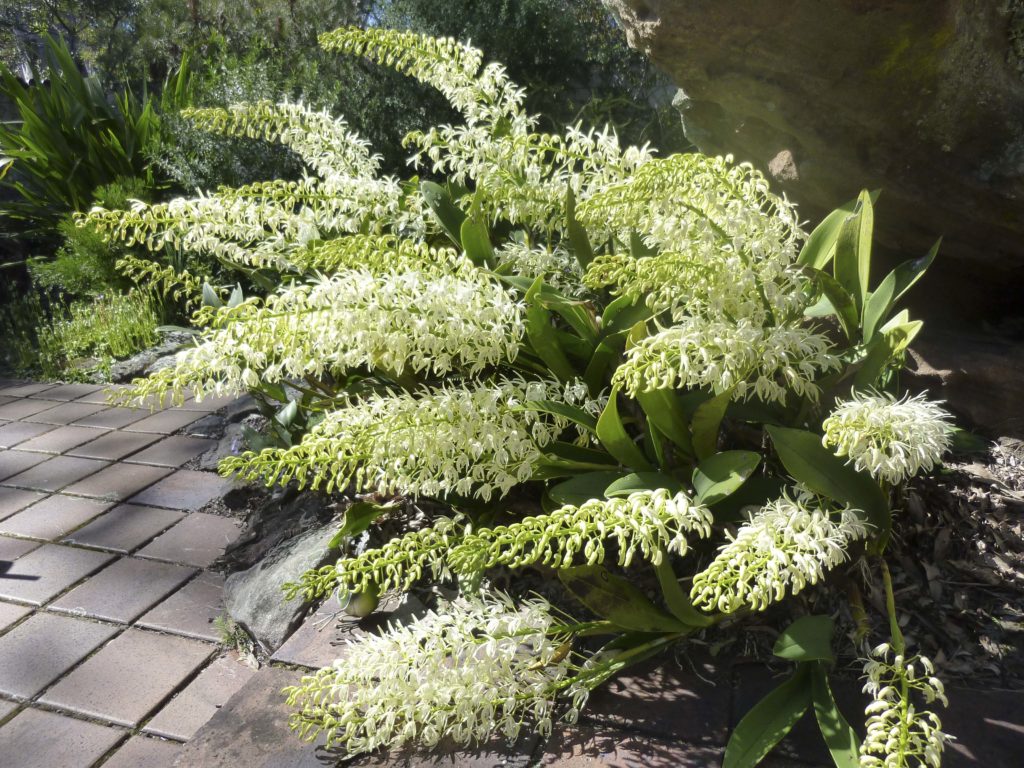I have been gardening using native plants for nearly thirty years, and over the last six years I have opened my garden three times for the Australian Open Garden Scheme. My real aim in doing this is to show people that you can successfully grow native plants in suburbia and of course, promote the Australian Plants Society.

What I find interesting when speaking to the visitors is comments like – “when you go to most open gardens you recognise nearly all the plants that are used, only the site and method of use changes. With a native garden you do not know most of the plants”. Questions asked are:
- “how do I grow them”
- “which ones do I use”
- “which plants can I use in my garden” etc etc
I start off by saying that there are over 20,000 native plants in Australia that are growing from the coast to the desert. You need to select the ones that will grow in your micro climate and local conditions such as: How much sun is present? What type of soil do I have … is it well drained or retains water etc.

One of most frequent questions I receive is, “how do I manage to grow Thelychiton kingianum* and Thelychiton speciosum* orchids on my rocks and ‘apparently’ in the ground”. These orchids are really very hardy and many are killed by too much kindness and water. In fact they can endure extreme desiccation and flower best in full sun to one quarter shade.
To establish them on large rocks or small logs, obtain some aerial shoots that have been removed from existing orchids or cut off clumps with three or four pseudo-bulbs and hold them down with small rocks (or even tie them down with old stockings) and surround them with plenty of old leaf litter. Use an open friable litter that does not hold too much moisture and drains well. Keep the orchids moist (not wet) until new growth commences and then only water occasionally and apply more mulch as they grows.
To ‘appear’ as if they are growing in the ground, (which they won’t), place a few 50 mm thick paving blocks on the ground and follow above method. In no time they will multiply and reward you with flowers. Liquid fertilizer can be applied monthly during spring and summer at 1/2 strength (if you must), however they will normally get enough nutrients from the decaying leaf litter.
- Naming correct at time of writing, though still not settled by the botanists!
